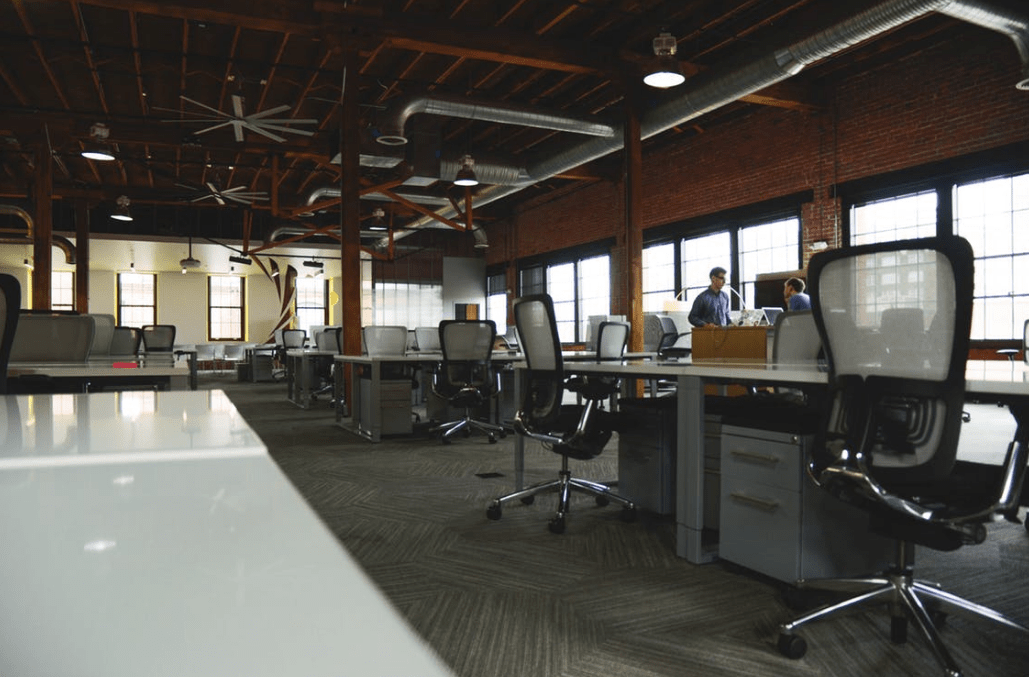Fixed Cost Calculations
We’ve looked at our revenues and our variable costs, now we get to review our fixed costs.
This is probably the least interesting part of a financial model, but it has one really important consideration:
This is the hurdle that stands between making a profit and making a loss.
Variable costs are straightforward – you’re spending money while you’re making money – but our fixed costs are both a help and a hindrance.
These are purchases that allow your business to operate, but you’ve got to constantly make enough money to pay for them.
For example, you’ll have rent, lighting, heat, websites, staff, marketing, store fitout, legal/registration costs, etc.
You need all of them.
But you then need to outpace them.
Let’s say you’re selling ethically made plain white t-shirts.
You sell them for $20, and they cost $5 in variable costs.
That leaves $15 in gross profit to pay for all of your fixed costs.
Let’s pretend your fixed costs tally up to $1,800 per month.
That means you have to sell 120 shirts per month to break even ($1,800/$15 = 120)
If you need to hire another team member or switch to a better web provider, you’re suddenly needing to sell 135 shirts per month to break even.
That’s why I call it a hurdle, and it’s why you should care about how high the hurdle is set.
If you guess wrong, that hurdle’s going to trip you up.
Trip a few months in a row and you’re probably out of business.
Two Kinds of Fixed Costs
The first kind of fixed costs are your general running costs – called overheads.
These are the expenses you encounter before you make a sale each day, like your leasing your shopfront, staff salaries, insurance or subscriptions.
These probably recur every week, month or year, irrespective of how busy you are.
The second kind of fixed costs are your startup costs – the expenses that turn your idea into an actual business.
These include your branding, building your website, buying your initial equipment, acquiring basic furniture, etc.
These are generally one-off expenses, and won’t need to be replaced for several years.
I separate these out, because they behave differently.
Startup costs are the bitter pill you excitedly swallow when launching the business, whereas overheads are less intimidating but are a constant drain on your cashflow.
Therefore, it’s worth listing them separately in your financial model – so you don’t forget about the startup costs, nor do you assume that your business buys new furniture every year.
The formula here is pretty straightforward; you tally up your overheads, add a small buffer, then treat that as your monthly average fixed costs.
They’ll probably go up in price every year, and they tend to creep upwards rather than downwards.
Sunk Costs
The real danger here is in the sunk costs – things you’ve purchased in the past that aren’t particularly useful, but which have become comfortable.
These are dangerous because they tempt you into spending more money than necessary, raising the number of sales required to break even.
In return, you get to avoid the awkward process of “cutting your losses”.
Common sunk costs include homemade websites, products that make no margin, subscriptions you don’t use, marketing collateral with outdated information, staff with specialisations that are no longer relevant, or even worse, staff members who are awful to work with.
My favourite example of how to analyse sunk costs comes from Dave Ramsey.
Imagine you’ve previously spent $18,000 on a motorbike, but haven’t gone for a ride in two years.
You keep it, because it’s not worth anywhere near what you paid for it, and you like having it around.
Here are the two important questions:
1. How much would it sell for today on eBay? (Let’s pretend $6,000)
2. If you had $6,000 cash in your hand but no motorbike, would you rush out to buy this second-hand bike?
You know the answer in your gut.
90% of the time, you would rather have $6,000 of cash, and wouldn’t go seeking out any sort of motorbike.
Right now, you have these sunk costs in your business – things that if you didn’t currently own them, you wouldn’t run out and buy.
By making the brave call to cut them now, you drastically drop your overheads/startup costs, and therefore boost your profits.
Life is too short and business is too hard to spend money on things that don’t make your life better.
Once you’ve added up your fixed costs, we’re going to look at how your profits are measured…









